Polygala tenuifolia
Polygala tenuifolia
1. The products in our compound library are selected from thousands of unique natural products; 2. It has the characteristics of diverse structure, diverse sources and wide coverage of activities; 3. Provide information on the activity of products from major journals, patents and research reports around the world, providing theoretical direction and research basis for further research and screening; 4. Free combination according to the type, source, target and disease of natural product; 5. The compound powder is placed in a covered tube and then discharged into a 10 x 10 cryostat; 6. Transport in ice pack or dry ice pack. Please store it at -20 °C as soon as possible after receiving the product, and use it as soon as possible after opening.
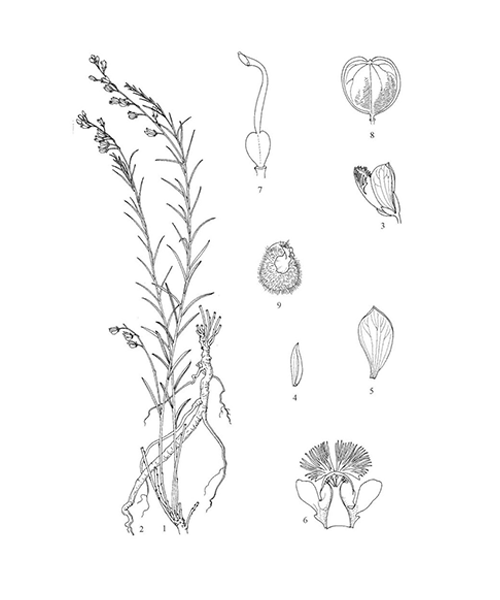
Natural products/compounds from Polygala tenuifolia
- Cat.No. Product Name CAS Number COA
-
BCN7869
7-Z-Trifostigmanoside I1018898-17-3
Instructions
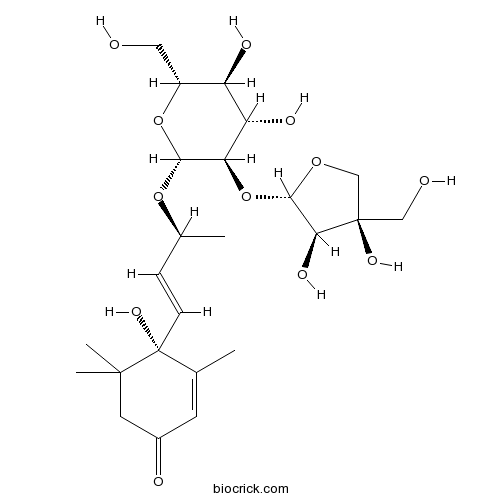
-
BCN2785
Sibiricose A5107912-97-0
Instructions

-
BCN3172
Polygalic acid1260-04-4
Instructions

-
BCN2719
3,6'-Disinapoyl sucrose139891-98-8
Instructions

-
BCN8816
7,22,25-Stigmastatrienol14485-48-4
Instructions

-
BCN2354
Polygalaxanthone III162857-78-5
Instructions

-
BCN5005
Tenuifolin20183-47-5
Instructions
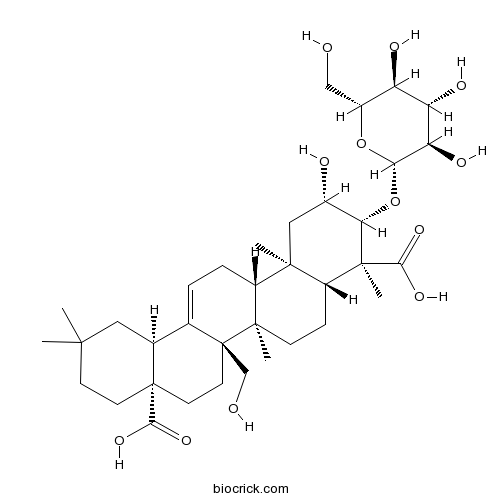
-
BCN2786
Sibiricose A6241125-75-7
Instructions
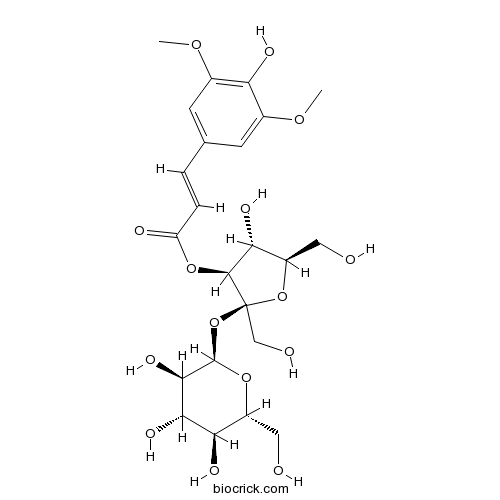
-
BCN2784
Sibiricaxanthone B241125-81-5
Instructions

-
BCN5899
Senegenin2469-34-3
Instructions

-
BCN2804
7-O-Methylmangiferin31002-12-7
Instructions

-
BCN2741
Onjisaponin B35906-36-6
Instructions

-
BCN5564
alpha-Spinasterol481-18-5
Instructions
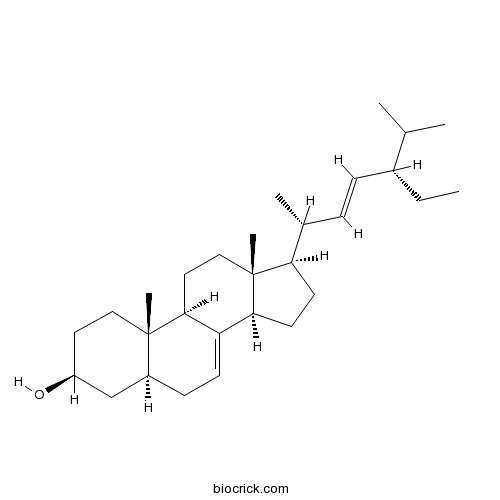
-
BCN2857
Polygalasaponin XXXI79103-90-5
Instructions

-
BCN2803
Lancerin81991-99-3
Instructions

Genetic diversity and population structure of a protected species: Polygala tenuifolia Willd.[Pubmed: 29477283]
Polygala tenuifolia Willd. is an important protected species used in traditional Chinese medicine. In the present study, amplified fragment length polymorphism (AFLP) markers were employed to characterize the genetic diversity in wild and cultivated P. tenuifolia populations. Twelve primer combinations of AFLP produced 310 unambiguous and repetitious bands. Among these bands, 261 (84.2%) were polymorphic. The genetic diversity was high at the species level: percentage of polymorphic loci (PPL)=84.2%, Nei's gene diversity (h)=0.3296 and Shannon's information index (I)=0.4822. Between the two populations, the genetic differentiation of 0.1250 was low and the gene flow was relatively high, at 3.4989. The wild population (PPL=81.9%, h=0.3154, I=0.4635) showed a higher genetic diversity level than the cultivated population (PPL=63.9%, h=0.2507, I=0.3688). The results suggest that the major factors threatening the persistence of P. tenuifolia resources are ecological and human factors rather than genetic. These results will assist with the design of conservation and management programs, such as in natural habitat conservation, setting the excavation time interval for resource regeneration and the substitution of cultivated for wild plants.


